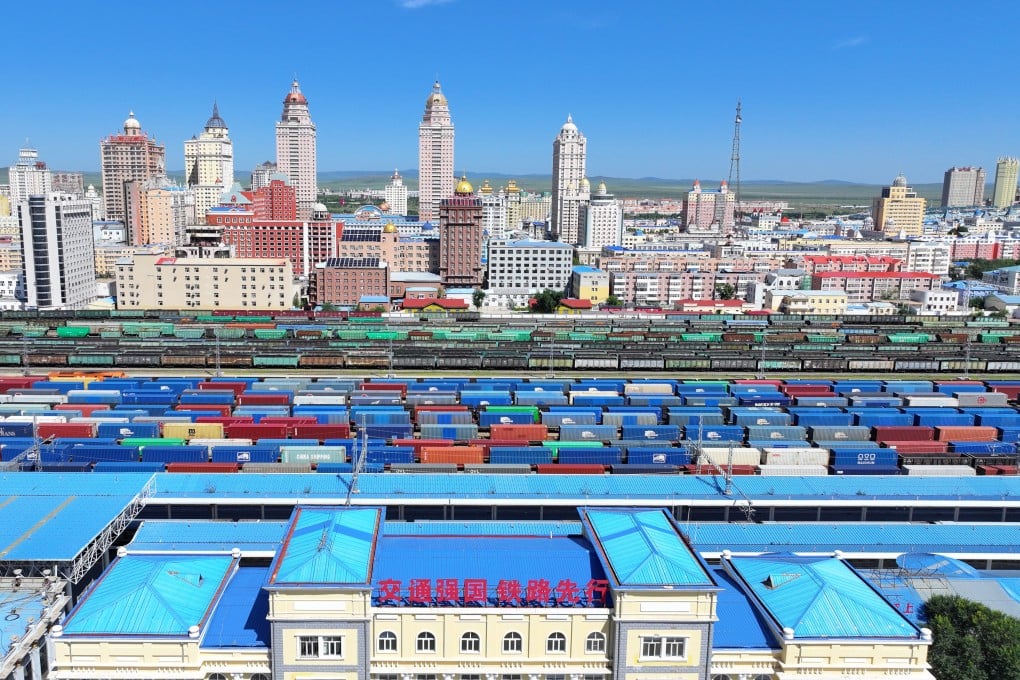China’s border with Central Asia deemed concern amid demographic decline
China’s sparsely populated border with Central Asia, which is losing residents quickly, was named by a researcher as an area not to ignore

To bolster national security amid a countrywide demographic slide, China should turn its eyes to the declining populations of its towns bordering Central Asia, a government adviser said.
As Central Asian countries see fast population growth and attract more Chinese immigrants, Beijing should “raise awareness of population security and integrate border population issues into the national defence and security policy framework,” said He Dan, director of the China Population and Development Research Centre, a think tank affiliated with the National Health Commission.
For instance, Alashankou Port in Xinjiang handles half of the nation’s overland freight volume, but the city’s total population is only 17,000, of which only 3,423 are permanent residents.
Similarly, Manzhouli Port in Inner Mongolia – which accounts for over 60 per cent of China’s overland trade with Russia – saw its registered population drop from 128,900 in 2020 to 88,800 in 2023. He Dan attributed this to ageing demographics and the difficulty attracting and retaining talent.
“Border port towns have fragile ecosystems and underdeveloped living and economic foundations,” she said. “Many of these towns grapple with harsh conditions such as strong winds, limited arable land, severe desertification, and water scarcity, which lead to high living costs and lagging social development.”